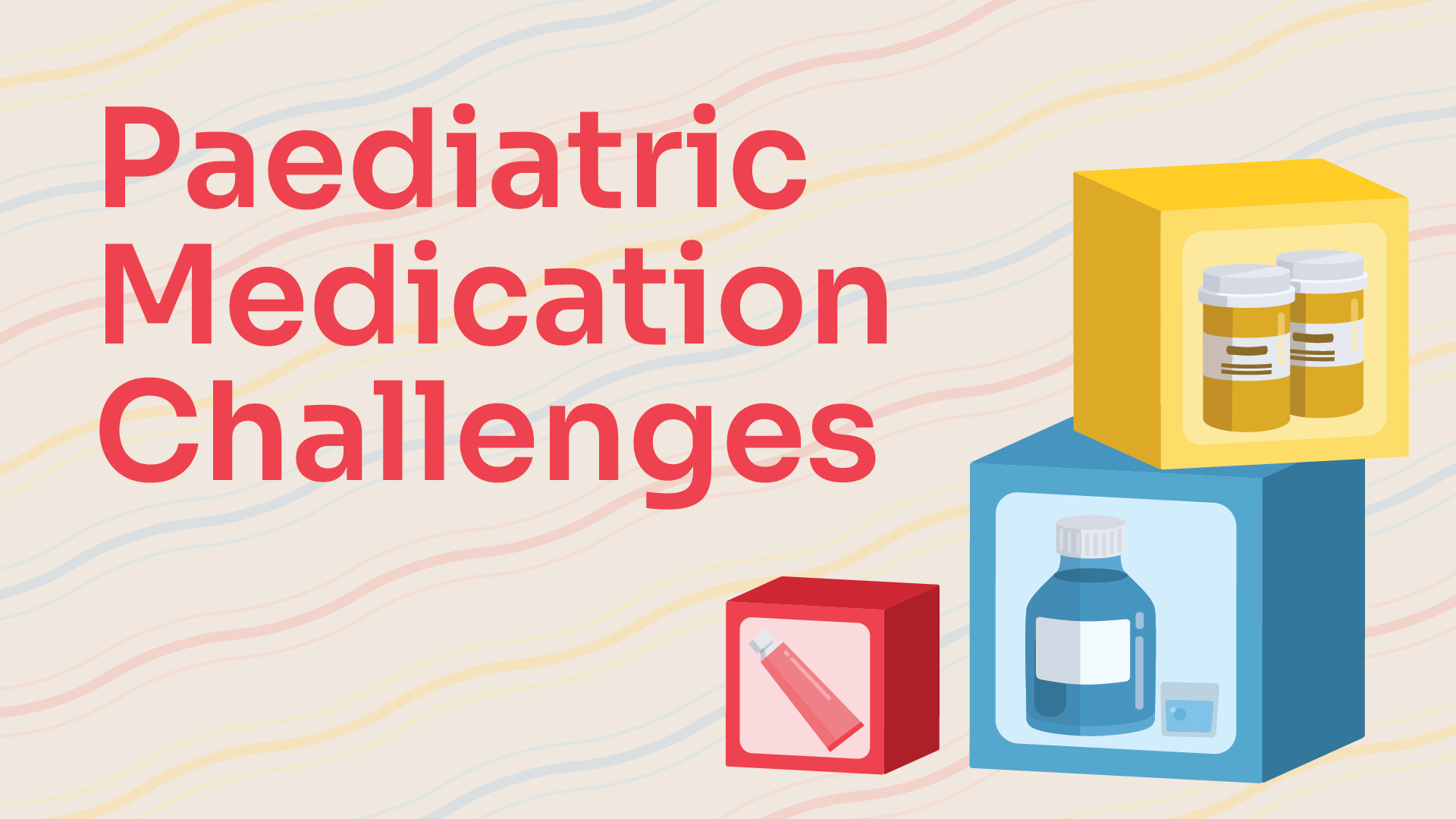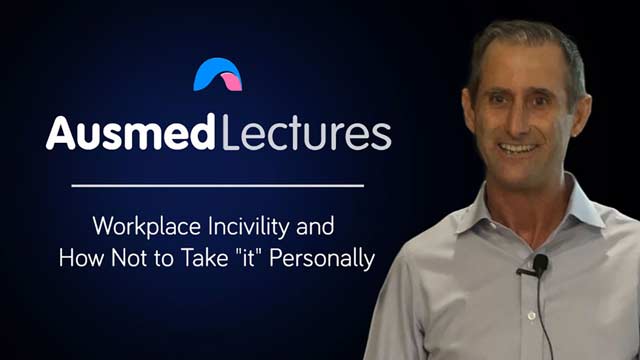Paediatric Medication Challenges


Content
What you'll learn:
Explain pharmacokinetic and pharmacodynamic differences in how various paediatric populations handle medications.
Describe considerations when recommending medications for common paediatric conditions.
Explain the implications and challenges of recommending medications for paediatric populations.
Develop strategies to champion medication safety and reduce medication risks for paediatric populations.
Evaluate the effectiveness of paediatric information sources to confidently address carer concerns.
Who it's for:
Why it's needed:
The administration of medications is a high-risk area for nurses and other healthcare professionals; therefore, accessible education providing up-to-date information is necessary in order to promote medication safety and avoid the potentially catastrophic consequences that can arise from medication errors.
For medication-based topics in particular, it is crucial that this education is aligned with the latest evidence and covers any relevant new medications in order to inform best practices.
Purpose:
Topics
Assign mandatory training and keep all your records in-one-place.
Find out more
Recommended resources









 Free
Free